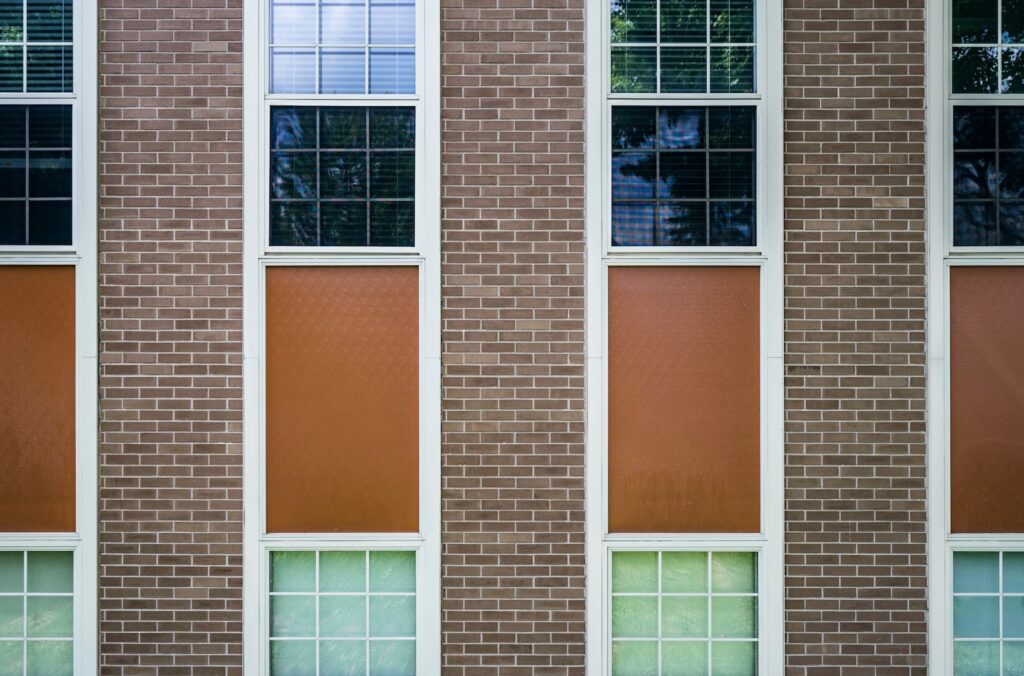
School changes can be a daunting task for parents. Whether you are considering changing schools because of an area move or a dissatisfaction with your current school, there are several factors that should be considered before making the decision to switch. Here are 5 key things to consider when deciding on a new school for your child.
Location, Location, Location
One of the most important considerations when selecting a new school is location. Will the commute to and from school be manageable? How far away is it? Is it within walking distance or will you need to arrange transportation? These are all important questions to ask yourself when determining if the location of a school is right for your family.
Quality of Education
The quality of education should always be top-of-mind when looking at potential schools. What kind of curriculum does the school offer? What extracurricular activities do they have? Are there any special programs or emphasis areas they may specialize in? Researching these questions and talking to other parents who already attend this school can give you a good indication of what sort of environment your child would be entering.
Safety and Security Measures
When looking at potential schools, safety and security should also be taken into consideration. Are there security measures in place such as cameras monitoring hallways, locked doors and gates, or regular drills for emergencies? Understanding the safety protocols that each school has in place can help you make an informed decision about which one might be best for your child.
Teacher Quality
One overlooked factor when choosing between schools is teacher quality. Do teachers have experience teaching their subject matter? Are they certified by the state or national accreditation boards? Are they able to foster positive relationships with students while still maintaining order in the classroom? Getting insight into teacher quality can provide invaluable information about what type of learning environment your child will likely experience.
Class Size
Another important factor that should not be overlooked is class size. In larger classes, students often get lost in the shuffle as teachers struggle to keep up with everyone’s needs and progress levels. In smaller classes, however, teachers have more time to devote individual attention so students receive more personalized instruction which can lead to greater academic success overall.
No two schools are alike; each one offers its own unique set of advantages and disadvantages depending on what parents are looking for in an educational institution for their child. That’s why it’s so important that parents take into consideration all aspects of a potential new school – from location, curriculum offerings, safety measures, teacher quality and class sizes – before making any decisions about where their child will spend their days learning and growing over the coming years!

